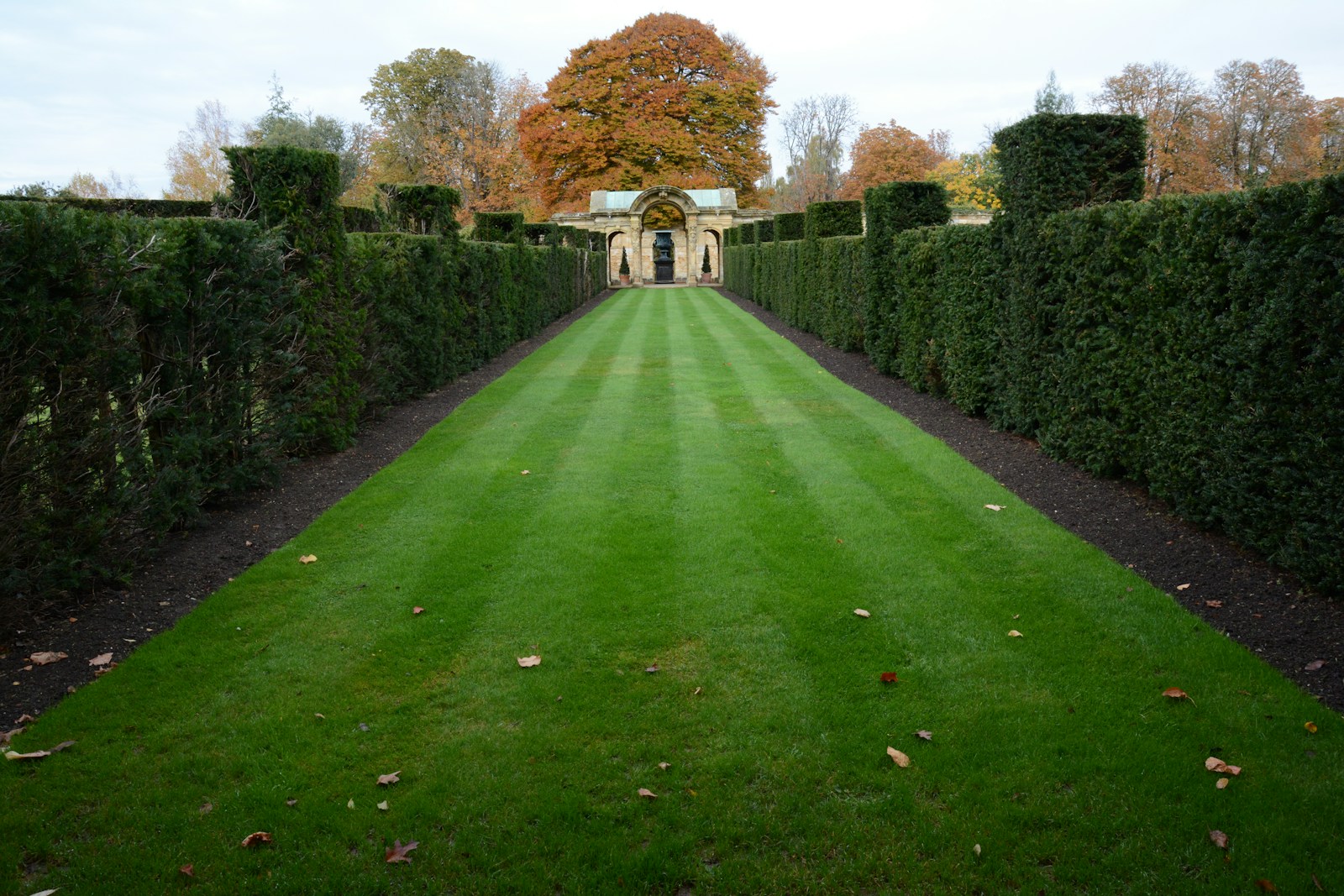May is a vital month for bees — it’s when they emerge in large numbers, looking for food after the long winter months. As a gardener, you have a wonderful opportunity to make a real difference by creating a space that welcomes and supports these essential pollinators.
Luckily, creating a bee-friendly garden is easier than you might think, and May is the perfect time to start. Here’s how to turn your garden into a buzzing paradise this spring!
1. Plant the Right Flowers
The single best thing you can do for bees is to grow flowers that are rich in nectar and pollen.
✅ Top Bee-Friendly Plants to Plant in May:
- Lavender – Highly attractive to bees and smells amazing.
- Foxgloves – Tall spikes of nectar-rich bells.
- Alliums – Globe-shaped blooms packed with pollen.
- Salvia – Long flowering season and loved by pollinators.
- Borage – Produces masses of blue flowers that bees adore.
- Single-flowered Marigolds and Cosmos – Easier for bees to access than double varieties.
- Thyme, Sage, and Chives – Useful herbs that flower beautifully and support pollinators.
🌿 Tip: Single flowers are better than doubles — they make it easier for bees to reach the nectar.
2. Offer a Variety of Blooms
✅ Aim for a succession of flowers from early spring right through to late autumn.
✅ Mix different shapes, colours, and heights to cater for different bee species.
✅ Plant in groups or drifts — bees prefer large patches of the same flower rather than one or two scattered around.
🌿 Tip: Even a small patch of diverse flowers can support dozens of different bee species.
3. Leave Some Wild Spaces
Wild areas are brilliant for wildlife and require very little effort.
✅ Let parts of your lawn grow longer — especially during No Mow May.
✅ Leave patches of nettles and brambles (great for some butterfly and bee species).
✅ Create a mini meadow by scattering wildflower seeds over bare soil.
🌿 Tip: A pile of sticks, leaves, and twigs in a corner can provide vital nesting spots for solitary bees.
4. Provide Water for Bees
Bees need fresh water to stay hydrated, especially during warmer weather.
✅ Place a shallow dish of water with some pebbles or stones for bees to land on.
✅ Refresh the water regularly to keep it clean.
🌿 Tip: A small, bee-safe water station can help a surprising number of pollinators!
5. Avoid Using Pesticides
Many pesticides, especially insecticides, are harmful to bees.
✅ Choose organic gardening methods wherever possible.
✅ Encourage natural predators like ladybirds and birds to keep pest populations in check.
✅ Hand-remove problem pests rather than spraying.
🌿 Tip: If you absolutely must treat a problem, do it early in the morning or late evening, when bees are less active.
6. Add Bee Hotels
Solitary bees, like mason bees and leafcutter bees, need places to nest.
✅ Install a bee hotel made of hollow canes or drilled wood.
✅ Position it in a sunny, sheltered spot, about 1 metre off the ground.
🌿 Tip: Avoid mass-produced hotels with tiny holes — bees prefer holes around 6–8mm in diameter.
Bee-Friendly Garden Action Plan for May
| Task | Action |
|---|---|
| Plant nectar-rich flowers | Lavender, foxgloves, alliums, salvia, herbs |
| Create wild areas | Longer grass, mini wildflower meadow |
| Provide water | Shallow dish with stones |
| Avoid chemicals | Choose organic pest control |
| Add bee homes | Install or make your own bee hotel |
Why Bee-Friendly Gardens Matter
✅ Bees are crucial pollinators, helping to grow the food we eat and supporting healthy ecosystems.
✅ Without them, many fruits, vegetables, and wild plants would struggle to reproduce.
✅ Bee populations are under threat from habitat loss, pesticide use, and climate change — but your garden can be part of the solution!
🌿 Even small changes make a big difference!
Ready to Welcome Bees into Your Garden?
Creating a bee-friendly garden doesn’t just help pollinators — it also makes your garden more colourful, lively, and full of natural beauty.
Need a Hand Planting a Wildlife-Friendly Garden?
At Project Garden, we can help you design, plant, and maintain pollinator-friendly borders, wildflower areas, and low-maintenance wildlife gardens.
📞 Call 07795 800 772
📧 Email info@projectgarden.co.uk
Let’s make your garden a buzzing haven for bees this summer!


